Finding Free Space in a Crowded Spectrum
June 21, 2018Written by Leslie Letinsky, Communications Specialist, Department of Electrical Engineering

When you’re tuned into a radio station, the signal you are listening to occupies a range of frequencies. For example, when you tune your FM radio to 88.1 megahertz (MHz), the signal that carries that radio station’s content occupies a 200 kilohertz (kHz) “slice” of the radio spectrum centered at 88.1 MHz.
In the hundred-plus years since the invention of radio, the demand for frequency spectrum has skyrocketed. Today, it is not just commercial radio that competes for spectral “real estate” but also cell phones, Wi-Fi, Bluetooth, GPS – the list is long. Double Domer and Department of Electrical Engineering graduate student Nikolaus Kleber is working to solve the problem of how to make the best use of a finite resource.
To prevent radio transmitters from interfering with one another, the U.S. government passed the Communications Act of 1934, which created the Federal Communications Commission (FCC) – a permanent body, tasked with regulating radio and television in the United States, as well as controlling who gets to license which frequencies. Kleber explains, “To assign the frequencies, the government uses models of limited accuracy – methods that are also bureaucratic and move slowly. Technology is moving faster than the FCC can keep up with. Our team saw an opportunity to research for a solution to this problem.”
In 2012, a federal employee undertook a study to investigate just how much the licensees of certain frequencies were actually using them, with a particular focus on the U.S. Navy. He traveled to a busy naval base in San Diego, put up an antenna and “listened” for a week. His resulting statistical analysis concluded that the naval operations weren’t making full use of the 100 MHz allotted to them; in fact, they were barely using them at all. Subsequent studies have painted a similar picture: many parts of the licensed spectrum are vastly under-utilized.
How can we make better use of these important resources? That is the inspiration behind Kleber’s research. “Our team has models that tell us how frequency allocations should be used so that they don’t interfere, but we don’t have the ground truth about how they’re actually being used. The way to do that is to measure it, just like that federal employee did.”
Kleber’s research has two tracks. On one front, he’s part of a research project called RadioHound. Comprised of several faculty members and graduate students, the team is developing and fabricating a low-cost radio sensor that can “sniff out” spectrum usage. While using standard lab equipment to take similar measurements can cost thousands of dollars, RadioHound is designed to cost tens of dollars, making it possible to deploy large networks of sensors that can provide a fine-grain frequency “heat map.”
The second aspect of Kleber’s research is making sense of all that data. “Our group is making heat maps of wireless activity so you can tell where an area is hot with activity and where it’s cool and not being used a lot,” explained Kleber. Similar to Google maps, which can provide multiple routes to a destination, the goal is to provide digital communication systems with flexibility to use different spectral allocations, depending on what is available. “We’re hoping to see which frequencies are congested and which are not in a particular area. Ideally, you can use that information to pick out frequencies for opportunistic use. That should help optimize traffic in the wireless domain and make for a better user experience,” said Kleber.

